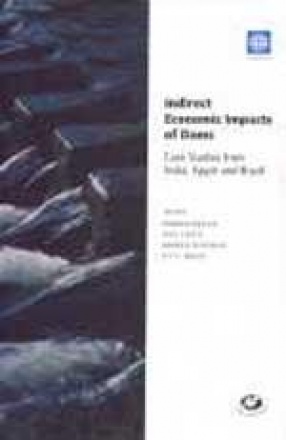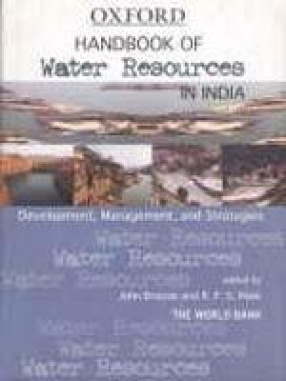Indirect Economic Impacts of Dams: Case Studies from India, Egypt and Brazil
Synopsis
Dam assessment , by its very nature, is a complex undertaking. Many of the benefits and costs associated with dam development have quite different time streams. These benefits and costs are faced by different sectors and there are inter-relationships between sectors. The effects of dams are distributed across different spatial scales, from local to basin, to regional to national, and in some cases, to transnational. To add to the complexity, while some of the impacts of the dam projects are 'direct', the others are 'indirect' with the definition of what constitutes 'direct' versus 'indirect' impacts also varying. The aim of the present study has been to evaluate some of the above interactions, in particular the 'direct' and 'indirect' economic impacts of dams. The study ex-post evaluates the magnitude of multipliers, a measure of the total benefits (direct plus indirect) of the project in relation to its direct benefits, and assesses the distributional and poverty reduction impacts of dam projects. The four cases studied in the present book include three large projects--Bhakra Dam System (India), Aswan High Dam (Egypt) and Sobradinho Dam and the set of cascading reservoirs (Brazil)--and one small check dam--Bunga (India). The present study should be seen as one of the numerous other steps that need to be taken to reach the goal of evaluating the full development impact of the dam projects. The aim here has been to highlight the relevance of one of the components of a full evaluation of dam projects that is often neglected, i.e., their indirect and induced economic impacts.
Read more
60.30
54.27
$
67.00 $
Free delivery Wolrdwidе in 10-18 days
Ships in 1-2 days from New Delhi
Membership for 1 Year $35.00
Get it now and save 10%
Get it now and save 10%
BECOME A MEMBER
Books by the same authors









Bibliographic information
Monica Scatasta
Rita Cestti
Ramesh Bhatia